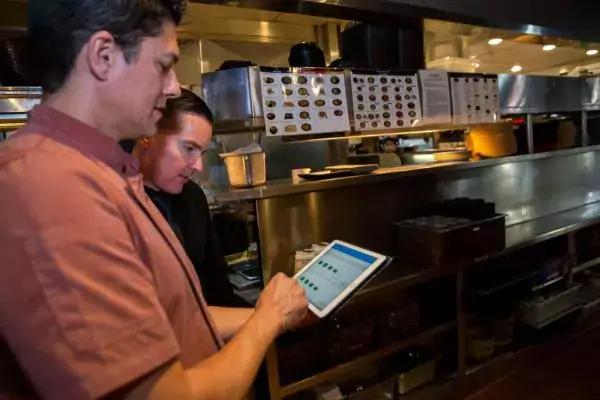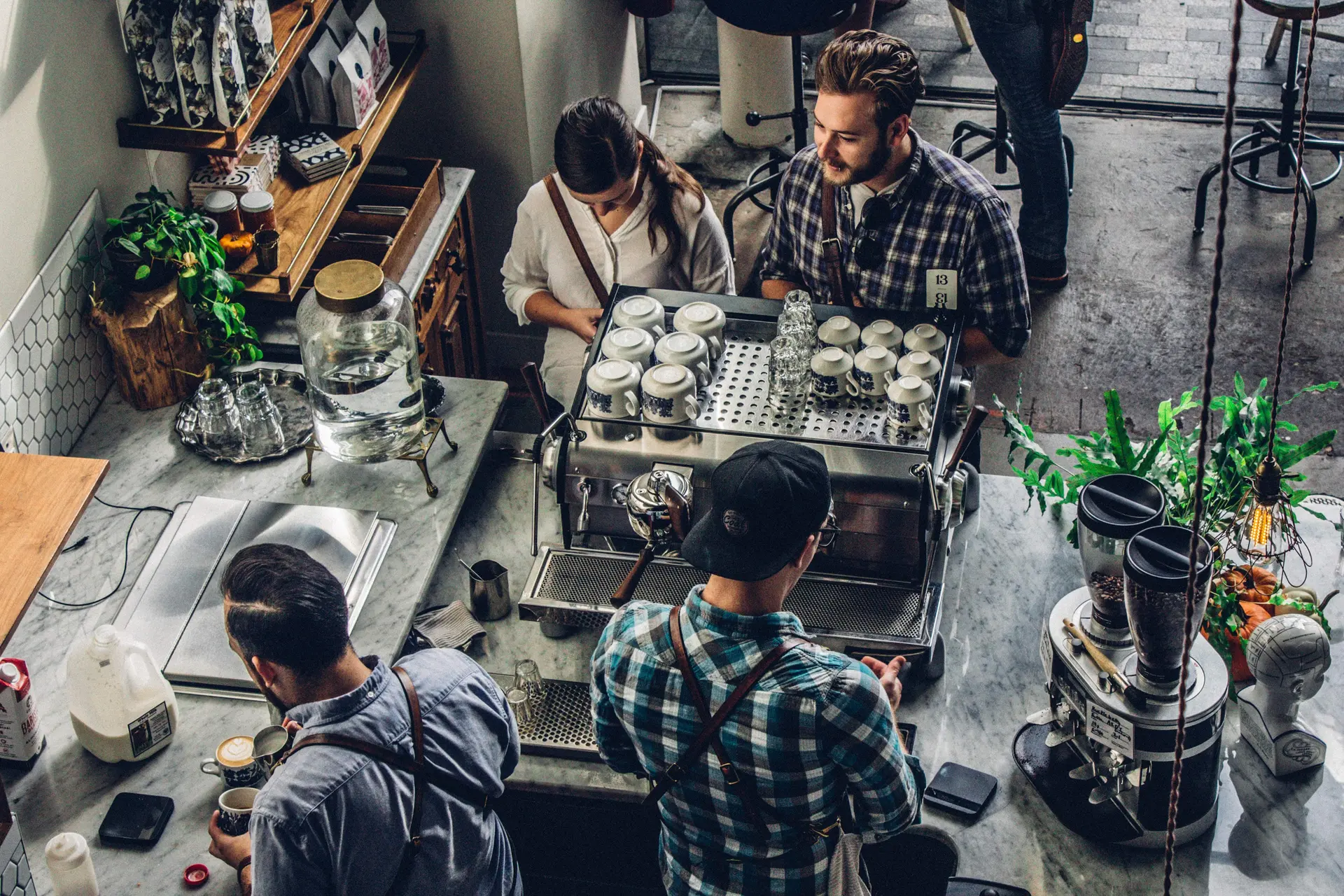From Wi-Fi and digital menu boards in Wendy’s to growing lines at the automated checkout in Target, technology is increasingly present in retail environments.
To quote a friend’s photo caption of an Amazon Books store in Manhattan: “But why?”. To me, the better question is, “Why not?”. In the case of Amazon, the retailer’s decision starts to make more sense when you realize that the bookstore does not accept cash. Shoppers receive the discounted price for being an Amazon Prime member and for having downloaded and installed the app. If they’re not Prime members, they pay full list price. Hence, Amazon is driving more traffic to its online platforms via a physical store.
Even in stores that rely strictly on foot traffic, like grocery and convenience, we see more incentives to download and use mobile apps for special promotions. Slowly but surely, we see the tech revolution’s impact on retail. But the operative word is “slowly.”
As it turns out, today’s customers want a strong technology presence coupled with the familiarity of human interaction during a shopping experience, according to the new Retail Perceptions report from Interactions.
Consider these key findings among the more than 1,000 adult shoppers surveyed:
- 48% expect retailers to utilize technological features successfully to improve their shopping experience.
- 62% are motivated by an initial human greeting upon entering a store.
- Only 10% of shoppers want to interact with a store associate as part of the checkout process.
- Nearly 60% of consumers spend more money at stores that send mobile notifications.
Shoppers are seeking balance. We see this in customer support experiences as well. The technology of a chatbot or automated answering service can resolve some issues, but certain interactions require an actual human that can “save face” for the brand. This was evident in one customer’s recent interaction with Papa John’s. And while automated checkout has arrived, we’re still a long way off from robots helping you find a can of green beans or making your customized sandwich.
Brands are left with an important question. In light of changing consumer preferences (that are being influenced by automation and technology), how do you elevate the customer service experience?Improving Store-Level Insights
As the customer service experience evolves with technology, so must the company’s internal use of technology. Pure sales data only goes so far, and some companies may not be ready to invest in technologies like heat mapping or movement-tracking cameras. But there’s good news: Gathering information at the store-level is less complicated than you may think. It can be accomplished with technology that all your associates already have. In this day and age, everyone has a computer right in their pocket via a smartphone. It’s a matter of empowering your employees with mobile technology. Make your employees your eyes and ears on the ground with the right apps. Encourage them to help audit stores in a way that can improve the customer experience. For instance, regional managers can visit stores and easily note whether or not customers are greeted when they arrive in the store. They can also document the checkout experience. Perhaps there are plenty of cashiers but not enough employees working the food service counter. Or, it could very well be that your restrooms are sending customers running out the door! These are the kinds of issues that don’t appear in a sales report, but they could very well come to light in routine store audits. Remember: retail insights are only useful if they’re actionable. There’s a mobile solution that not only uncovers exceptions, but also enables users to set daily tasks and track their completion.Subscribe to our blog
You are now subscribed!


